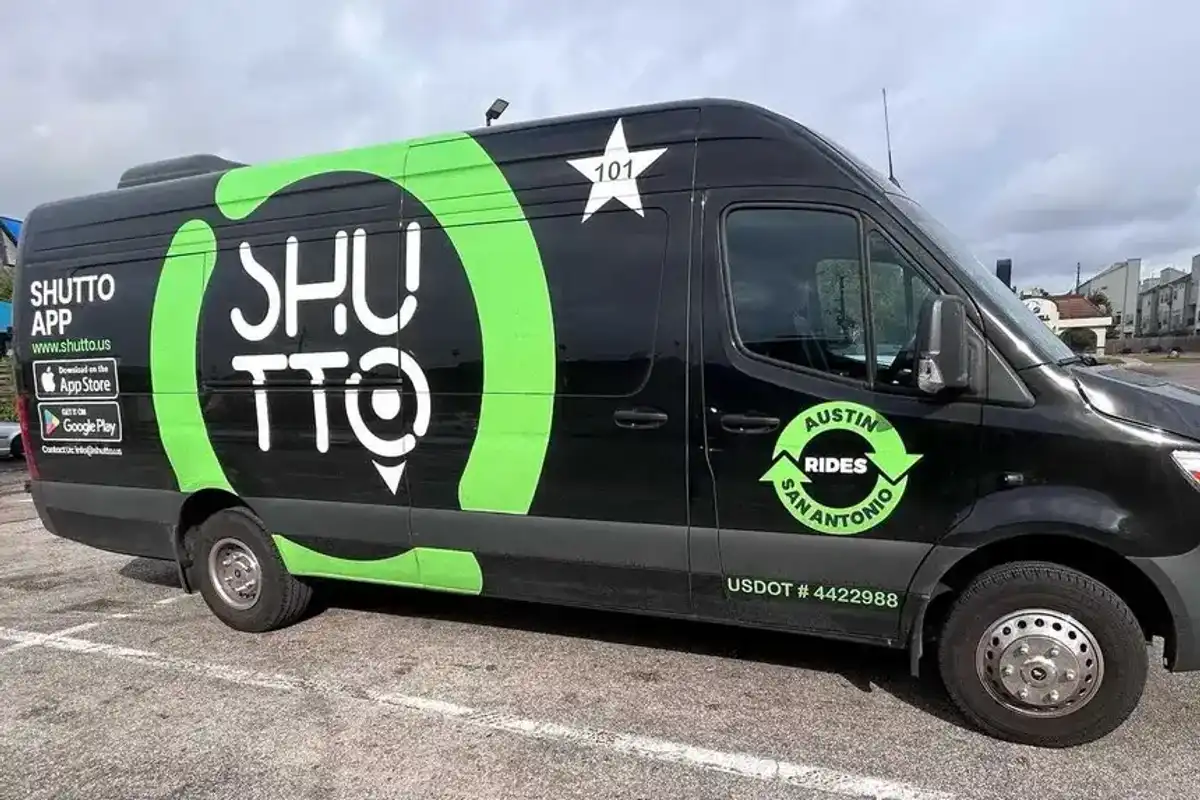Web page or app? Houston expert shares his tips for launching your online platform
guest column
One of the biggest decisions you'll have to make as an entrepreneur is whether you should host your product or service on the web, via an app, or through a webapp. In this quick guide, I'll go over a few tips to help you narrow down the options and make an informed decision.
First, allow me to explain each of these terms. In this context, I am assuming your big idea is either a product or service which your customer base will consume in a digital format. The question is, do you deliver your product or service via a regular webpage (web), does it require robust native application functionality (app), or can it be a hybrid model where the app runs on browser (webapp).
Certainly, if you can sell your product or services through a simple online store, then the debate is over: you should just web. If you are just selling a new gadget, for example, you don't need an app nor a webapp. E-Commerce has come such a long way that a simple webpage will suffice.
However, if that is not your situation, then here's three main considerations to help you decide between building an app or a webapp.
Native hardware required
If your product or service will use a hardware component from your audience's mobile device or tablet, such as the GPS, the Camera, the Microphone, or the Gyroscope, then you should heavily lean towards building a native app.
There are web frameworks that will allow you to gain access to a devices' camera or GPS via a webapp, but none are as stable, reliable, or robust as using a native app framework.
The question then becomes, what operating system do you develop your native app in: Apple's iOS, Google's Android, Microsoft's Windows, other or all of them?
Keep in mind there are platforms – such as Xamarin – that enable you to develop in multiple native app ecosystems simultaneously, however, deciding the platform(s) will affect your timeline, budget and audience reach. Also know that if your product or service can or should be accessible offline, then that reinforces your native app decision and eliminates a webapp given they require connectivity to run on a browser.
Universal adoption expected
In contrast, if you are looking to sign-up a broad audience then you should lean towards building a webapp.
All devices, whether mobile, tablets or laptops, have sophisticated and modern web browsers that can easily run webapps. Therefore, if you don't want to worry about deciding between different platforms, then by building a universal webapp that is compatible with all popular browsers all your users will have immediate access.
This route also bypasses all the requirements you must meet and the policies you must comply with to publish your native app to communities such as Apple's App Store or Google Play.
Even better you can update and maintain your webapp at your own pace, not having to rely on Apple's or Google's approval and publish/update schedules.
Investment tolerance
Now, if you gathered major seed funding or hit it big in a series A round giving you a higher upfront investment tolerance, then I'd advise you to go the native app route.
The aforementioned Apple and Google native app marketplaces, albeit strict, offer amazing features that you would not be able to leverage going the webapp route. Your customer experience will almost certainly be higher going native app, which will increase your ROI, promote repeat subscribers and overall success.
But this route will be more expensive than webapp, especially if you do decide to offer it on multiple major platforms. Hence, if you have the budget, go for it and launch natively. If your investment tolerance is more reserved, then start with a webapp, and simply iterate until you are forced to go native.
This quick guide is by no means an exhaustive list of considerations. Product development has a million intricacies that will dictate – and sometimes demand – a specific route to market. Yet, if you ask yourself a few of the questions I laid out, you will be able to make an informed decision guiding your commercialization strategy as you kick off your startup journey.
------
Alfredo Arvide is a senior principal within product engineering at Slalom Consulting in Houston, where he helps clients tackle their most complex business challenges by applying innovative technology solutions.





